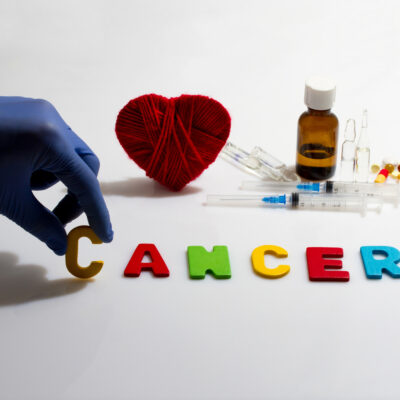
Health
What to Know about Food Allergies in Pets
Hypersensitivity, or a food allergy, is a physical reaction triggered by the immune system due to one particular substance in the food. Like humans, pets including cats and dogs are also affected by food allergies. Typically, dogs develop food allergies due to animal protein including beef, chicken, egg, fish, lamb, pork, and rabbit. Rice, soy, and wheat can also cause food allergies in dogs. On the other hand, preservatives like BHA and BHT, meat by-products, dairy items, corn products, artificial coloring, and seafood are common culprits causing allergies in cats. Signs and symptoms of food allergies in pets Itching is the most common sign of food allergy in pets. Incessant itching can further lead to rubbing and scratching which causes hair loss and tenderness of the skin. The following are some other additional signs triggered by food allergies. Diarrhea Skin and ear infections Vomiting Abdominal pain Weight loss Watery eyes Runny nose Coughing and sneezing Paw chewing Swollen paws Discoloration of the nail beds Dull and brittle fur Apart from food allergies, a lot of these symptoms could be a result of other health conditions, such as bacterial or viral infections. Sometimes, the symptoms could merely be a form of intolerance and not an allergy.
Read More 















